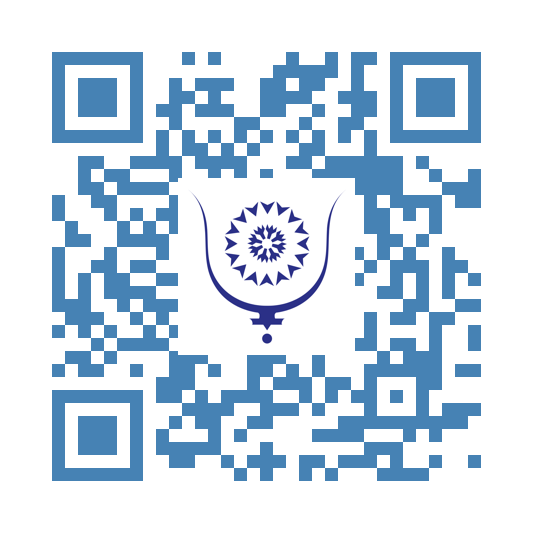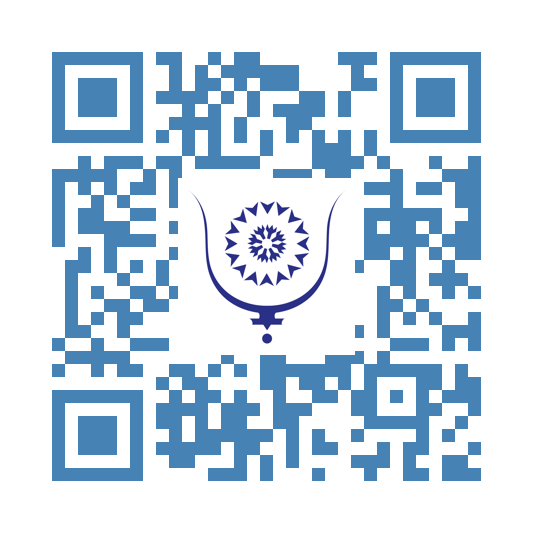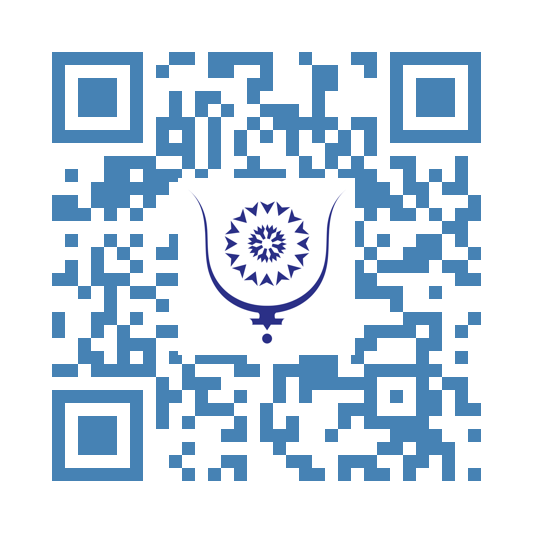Artificial Intelligence and Control Matrix 6883
The concept of the "control matrix," often discussed in philosophical and metaphysical circles, refers to a structured and imposed reality that restricts human freedom, creativity, and spiritual evolution. This matrix is most of the time linked to the idea of the Demiurge, a figure from Gnostic traditions, representing a flawed or malevolent creator who traps souls within the material world. In modern interpretations, artificial intelligence (AI) is increasingly brought into these discussions as both a tool of the matrix and a potential agent of liberation or enslavement, depending on its use and control.
The control matrix is described as a system that governs reality through manipulation, illusion, and restriction. It manifests as societal norms, centralized power structures, and technologies that enforce conformity and suppress individuality. In this view, the matrix operates to maintain a status quo, deviating humanity from exploring deeper spiritual truths and achieving enlightenment.
This structure suggests that the matrix’s primary goal is control, achieved by fostering dependency on external systems while obscuring the inner power of the individual. Advanced technologies, including AI, are frequently seen as extensions of this matrix, offering convenience and efficiency while subtly deepening humanity’s reliance on external forces.
In Gnostic thought, the Demiurge is the architect of the material world, depicted as a lesser deity who imposes limitations on human existence. This figure is said to create a false reality—a prison for the soul—preventing humanity from connecting with the divine source. The Demiurge governs through deception, using the material world as a veil to obscure higher truths.
Artificial intelligence can be interpreted as a modern parallel to the Demiurge’s constructs. AI systems shape perceptions, influence decisions, and curate information flows, creating an artificial reality built to reinforce specific narratives or patterns of thought. Social media algorithms, for example, can trap individuals in echo chambers, limiting their perspectives and deepening their dependance with the material and digital worlds. In this sense, AI serves as a tool that perpetuates the matrix, acting as a gatekeeper between humanity and its higher potential.
Despite its role in reinforcing the control matrix, artificial intelligence also holds the potential for liberation. When utilized with awareness and intention, AI can become a tool for uncovering hidden knowledge, fostering creativity, and even dismantling oppressive systems. Its capacity for data analysis, pattern recognition, and simulation can assist humanity in understanding complex systems and exploring new dimensions of thought.
In the context of the matrix, AI’s dual nature mirrors the paradox of technology as both a means of liberation and enslavement. While it can entrap individuals through surveillance and manipulation, it also offers the possibility of transcending limitations by democratizing information and enabling new ways of connection and creativity.
Art has historically served as a medium for exploring and challenging the boundaries of the matrix. By creating works that question the status quo, reveal hidden truths, or evoke a sense of the transcendent, artists play a crucial role in disrupting the illusions imposed by the matrix.
AI-driven art further complicates this dynamic. Generative AI systems can produce works of astonishing beauty and complexity, blurring the lines between human and machine creativity. While some view this as an encroachment on human uniqueness, others see it as an opportunity to collaborate with AI in ways that push artistic and philosophical boundaries.
When used consciously, AI-driven art can become a tool for challenging the control matrix. It can expose biases, imagine alternate realities, and inspire a reevaluation of humanity’s relationship with technology, the material world, and the divine.
The interaction between the control matrix, the Demiurge, and artificial intelligence reflects humanity’s ongoing struggle with the forces that shape reality. While AI has the potential to deepen humanity’s entrapment within the matrix, it also holds the keys to transcending its limitations. By approaching AI with mindfulness and intentionality, humanity can harness its transformative power to dismantle illusions, foster self-discovery, and reconnect with higher truths. In this way, AI becomes not just a tool of the matrix, but a gateway to liberation and enlightenment.




